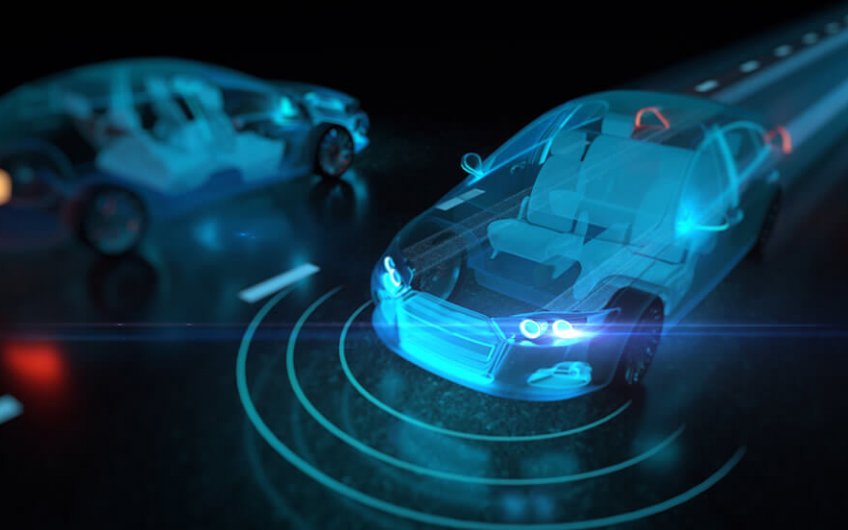
One of the most cutting-edge innovations in car safety is the involuntary lane change alert. It is a system that is being added as an extra in more and more vehicles.
It aims to interpret as accurately as possible whether or not the driver has left the lane involuntarily due to a distraction. It does so by means of detecting the lines which separate the lanes and checking that they have been crossed without prior indication of the manoeuvre being given.
In recent years, approximately 30% of the people killed on Spanish roads have died as a direct result of vehicles leaving their lane. This system can therefore be very effective as a means of reducing the number of accidents.
There are different systems which can be used in order for the vehicle to detect a potentially involuntary lane change and notify the driver.
The main causes for this involuntary change to occur are:
Drowsiness and fatigue at the wheel are two of the main causes of traffic accidents. One of the situations in which the alert activates is precisely this, preventing you from drifting from your lane and colliding with other cars on the road. This system involves the vehicle emitting a visual and an acoustic signal.
Involuntary lane change can also occur due to a driver’s mistake at the wheel. Together with drowsiness, errors are responsible for a large number of road accidents. An involuntary change alert system can save lives.
Lastly, it should be noted that driving on windy days can be dangerous: often one may not realize that the wind is changing the vehicle’s trajectory until a significant distance has been travelled!
Thanks to this system, you the driver will know if you have crossed over the lane lines.
The involuntary change alert system is one of the most revolutionary systems in the automobile sector. More and more companies are implementing it in their vehicles and it has met with great approval from drivers and safety experts.